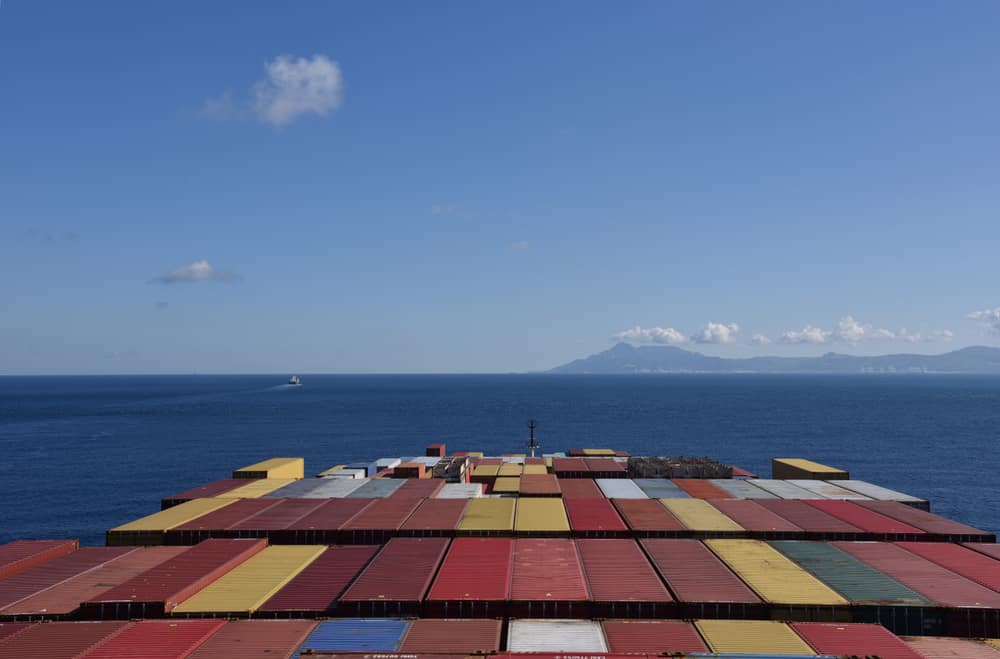While life is slowly returning to normal in China, the rest of the world is now experiencing a significant distribution due to COVID-19. The decline in trade is expected until the big dilemma is over.
As the world battles the coronavirus pandemic, the global maritime transport industry is playing a critical role in response to the virus. The International Chamber of Shipping (ICS) sent a letter to all governments on March 19th to keep maritime trade moving.
Nonetheless, the majority of steamship lines have decreased their number of seaborne vessels on the Asian trade routes connecting China and Hong Kong with other major shipping ports around the world. One of the largest shipping alliances, the 2M Alliance, containing Maersk Line and MSC, has drastically reduced the number of port calls, to and from China, increasing “blank sailings”. The COVID-19 outbreak, joined with the Chinese Lunar New Year holiday period, has drastically increased the number of blank sailings over the last few months.
Previously announced blank sailings inevitably lead to an increased number of blank sailings for export cargo back to Asia anywhere from three to 10 weeks, depending on transit times.
Ultimately, the newly-added blank sailings are expected to cause more difficulties in the near future.
In an interview, Port of Long Beach executive director Mario Cordero said “It has been challenging because of the trade war that caused significant disruption in the supply chain. In addition to that with the COVID-19 crisis, the industry went from uncertainty to significant disruption to the point of chaos in the supply chain. It has been a crisis of historic proportions; it is a global challenge.”
Mario Cordero also added that the San Pedro Bay complex, which includes both the Port of Long Beach and Port of Los Angeles, had a combined total of 60 blank sailings due to the COVID-19 crisis.
On the East Coast, The Port Authority of New York and New Jersey expects cargo volumes through the port to decline by 30 percent in part due to a wave of blank sailings on vessels coming from China.
Overlooking the current pandemic, cross-border flows of relief goods such as food and medical equipment will escalate dramatically.
Limitations on trade and cross-border transport may prevent needed aid and technical support, could disrupt businesses and have adverse social and economic effects on affected countries.
We can’t ignore the fact that the outbreak will wane, and Chinese factories will ramp back up again as they have currently started to do so, and at a higher rate than usual to catch up with lost production. This will eventually create a surge in demand for container shipping. However, due to the early negative impacts, carriers will experience problems getting their equipment back to China, and exports might be hampered by an equipment shortage.
The industry is unsure and does not yet fully know what the eventual full scale and impact of the COVID-19 crisis will be.
Still, one can already predict a series of events which will impact global trade, both directly and indirectly. This means there would be a chain reaction affecting other industries that rely on shipping, as well as recognize a greater systemic danger within the industry.




